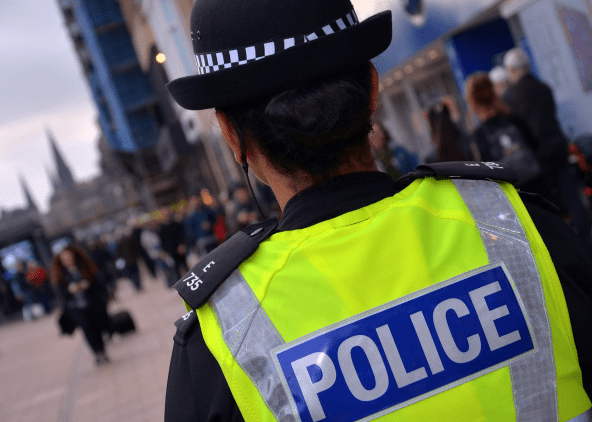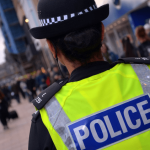In a significant step toward high-tech policing, the Metropolitan Police are rolling out remotely launched drones across London. Designed to respond within just two minutes of a 999 call, these drones will be used to gather real-time footage and assist officers at live crime scenes.
This new initiative, dubbed Drone as First Responder (DFR), is currently being trialled in Islington, with expansion plans targeting the West End and Hyde Park by the end of the year.
Met Police Launches Rapid-Response Drone Patrols Across London
Operated by trained professionals from a central control room, the drones will stream live images directly to on-ground units, enabling faster, smarter decisions during critical incidents.
“We are building a Met that is more precise and efficient than ever before, and this new technology gives us a vital new tool to tackle crime in the capital,” said Assistant Commissioner Laurence Taylor.
These new aerial tools aren’t just swift, they’re smart. According to the Met, the drones are quieter, cheaper, and more environmentally friendly than traditional police helicopters, while still delivering the same operational benefits.
Key capabilities of the drones include:
- Searching for missing persons
- Tracking suspects on the move
- Providing critical evidence at the earliest stages of an incident
They are particularly useful in chaotic scenes or when eyewitness accounts are unclear. The drone footage helps officers assess exactly how many units are needed and where to deploy them.
“By getting that immediate response with a drone, we’re going to have more precise information, we’re capturing the best evidence at the very earliest opportunity…” said Assistant Commissioner Taylor.
Unlike traditional drones that must remain within a visible line of sight, these new models will autonomously launch, fly to the scene, and return without needing to be seen by the pilot.
“So it provides more flexibility, more agility in our response, and ensures that it’s far more rapid than you would ordinarily get from a line of sight drone,” Taylor added.
Each drone is stored in a specialised weather-proof pod on the roof of select police buildings. When a 999 call triggers deployment, the drone automatically launches, flies to the location, and starts relaying high-quality video footage.
Once its mission is complete, it returns to base, docks itself, and recharges in preparation for the next call-out.
The DFR programme is part of a wider initiative led by the National Police Chiefs’ Council (NPCC), which has already seen similar trials by Norfolk Constabulary, Cleveland Police, West Midlands Police, and others. Learnings from these earlier tests have been used to fine-tune London’s rollout.
“This is an exciting opportunity to bring the many benefits and efficiencies of the Drone as First Responder programme to London, supporting both officer and community safety,” said Superintendent Taryn Evans, who heads the NPCC Drones Programme.
The drones’ deployment is not just a policing upgrade; it’s a revolution in how emergency services interact with dynamic urban environments.
The integration of drones into the Met’s response framework reflects a broader shift in UK policing towards advanced, tech-led solutions.
As urban areas become more complex, tools like autonomous drones could provide the edge officers need to respond quickly, gather evidence early, and reduce the footprint of major search operations.
By reducing reliance on expensive helicopters and cutting response times dramatically, the Met hopes this pilot scheme will redefine how police respond to critical situations in the heart of the capital.
With live video, real-time decisions, and minimal delay, London’s police eye the skies for smarter, safer streets.






